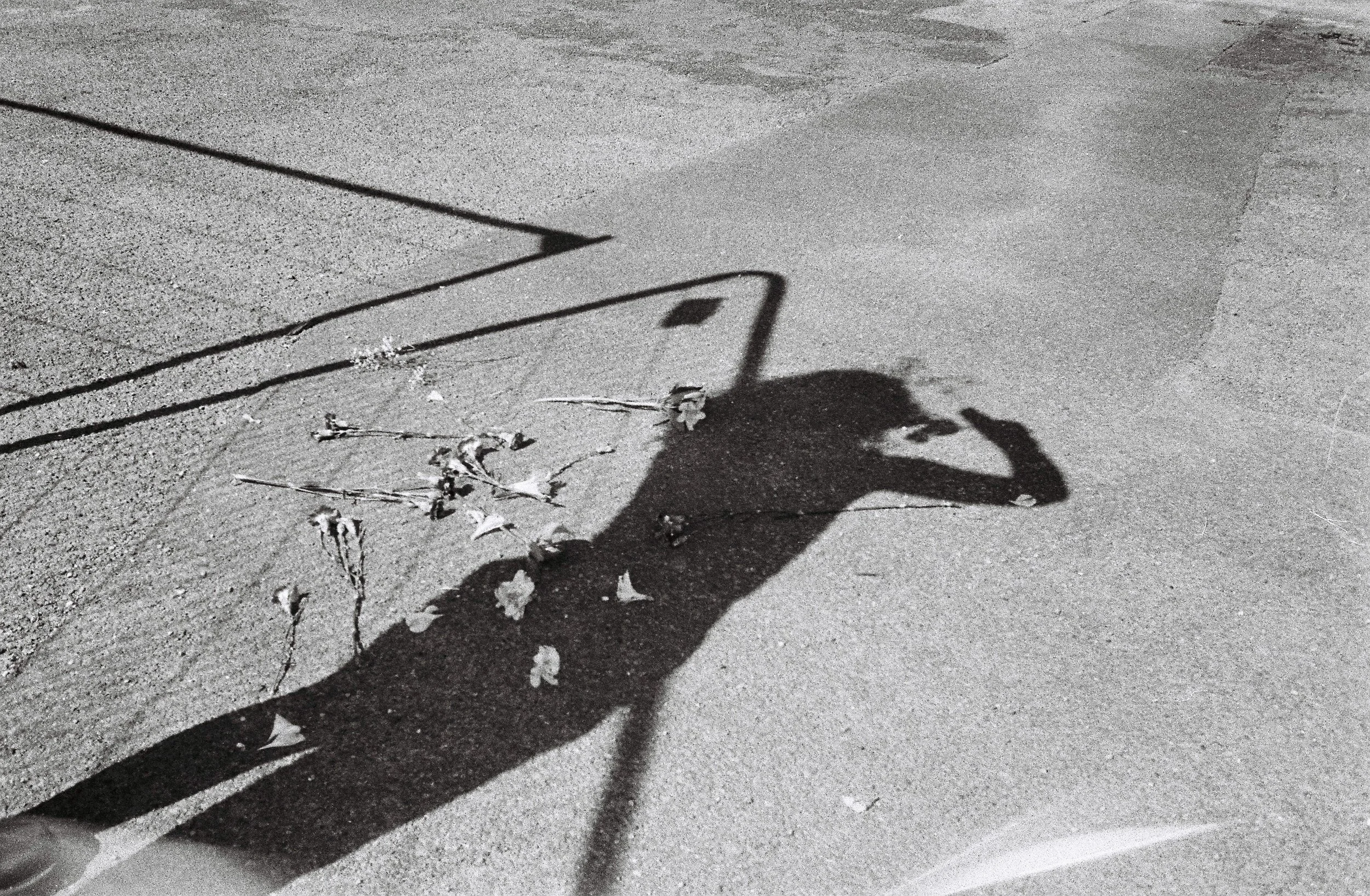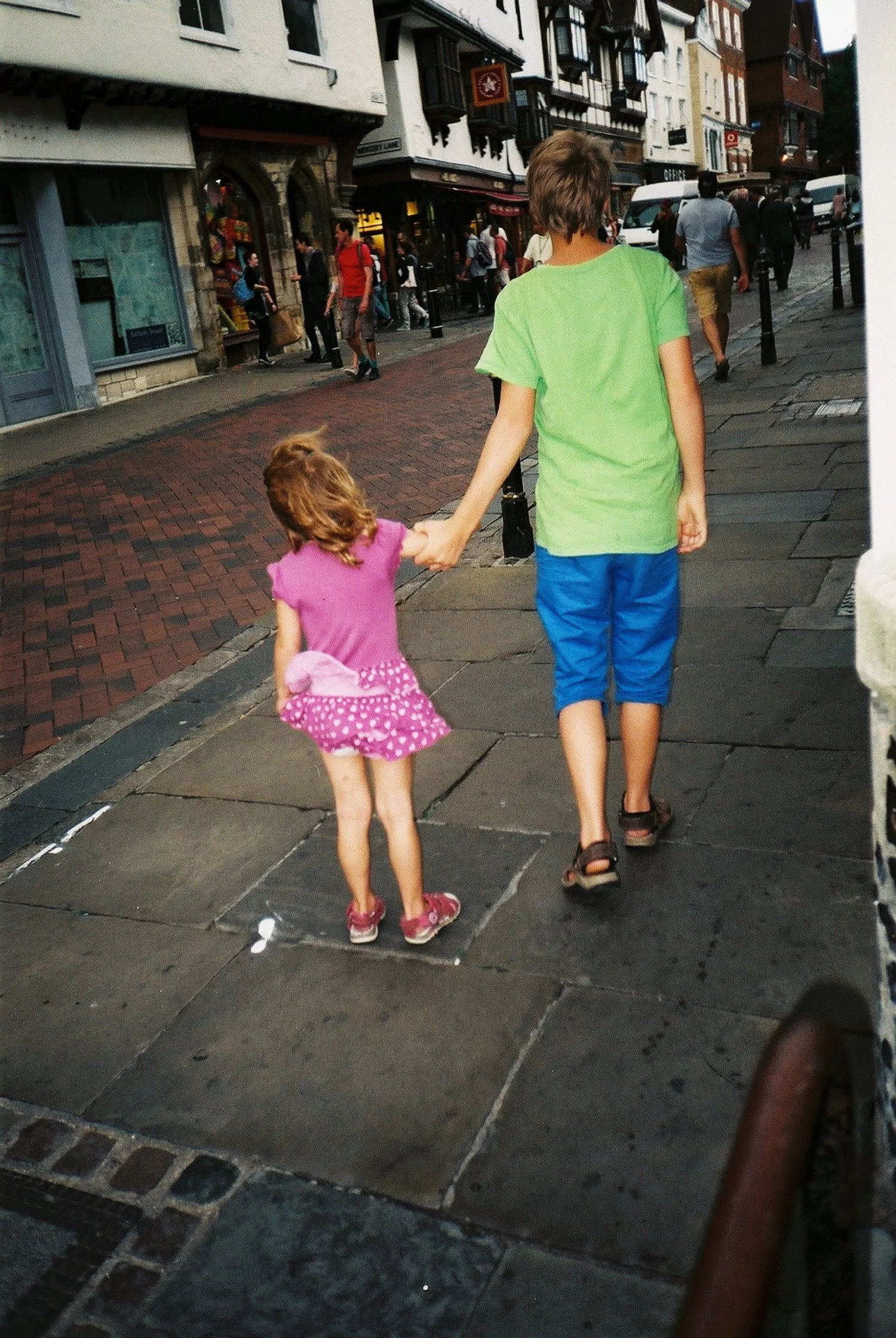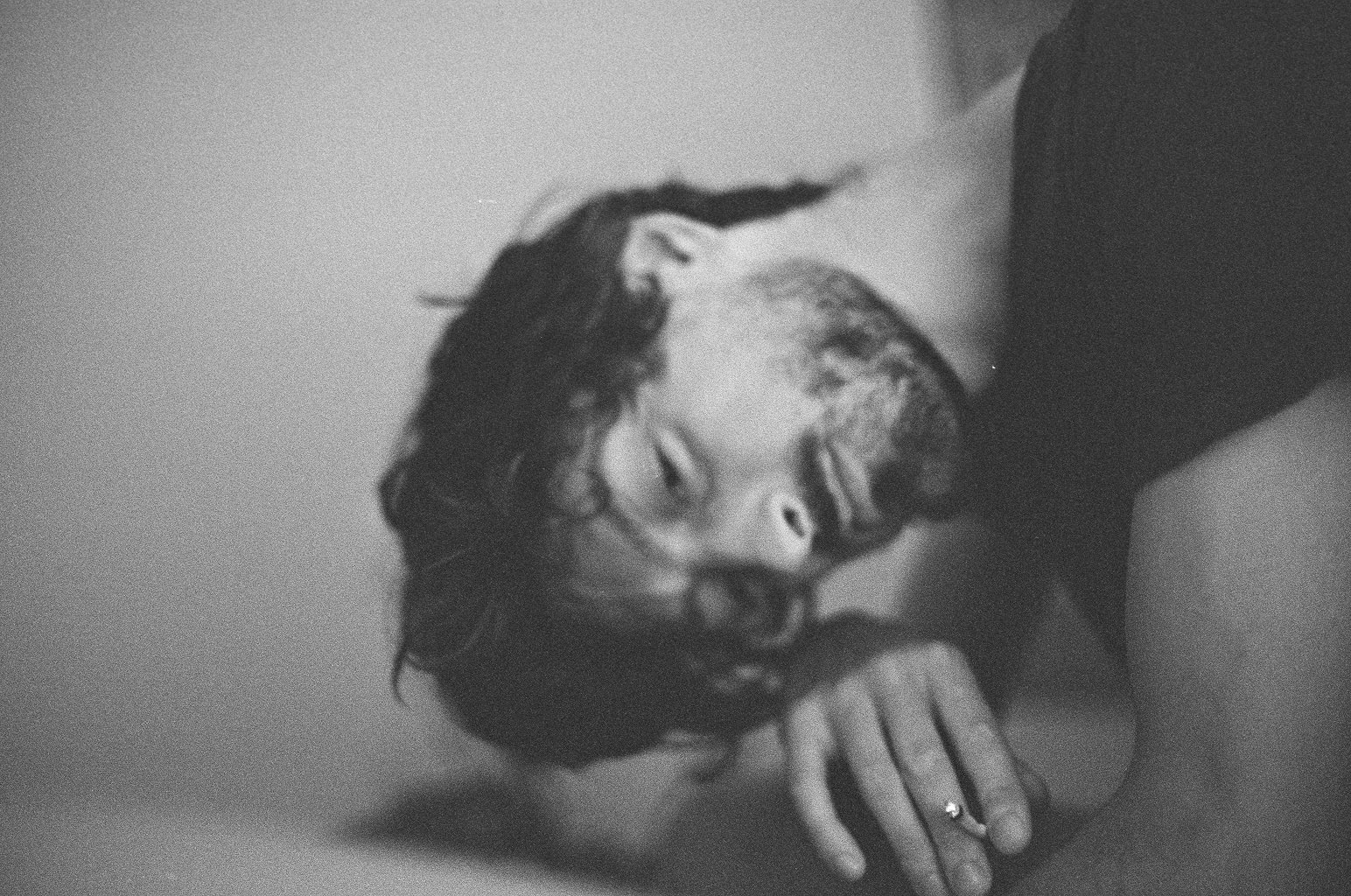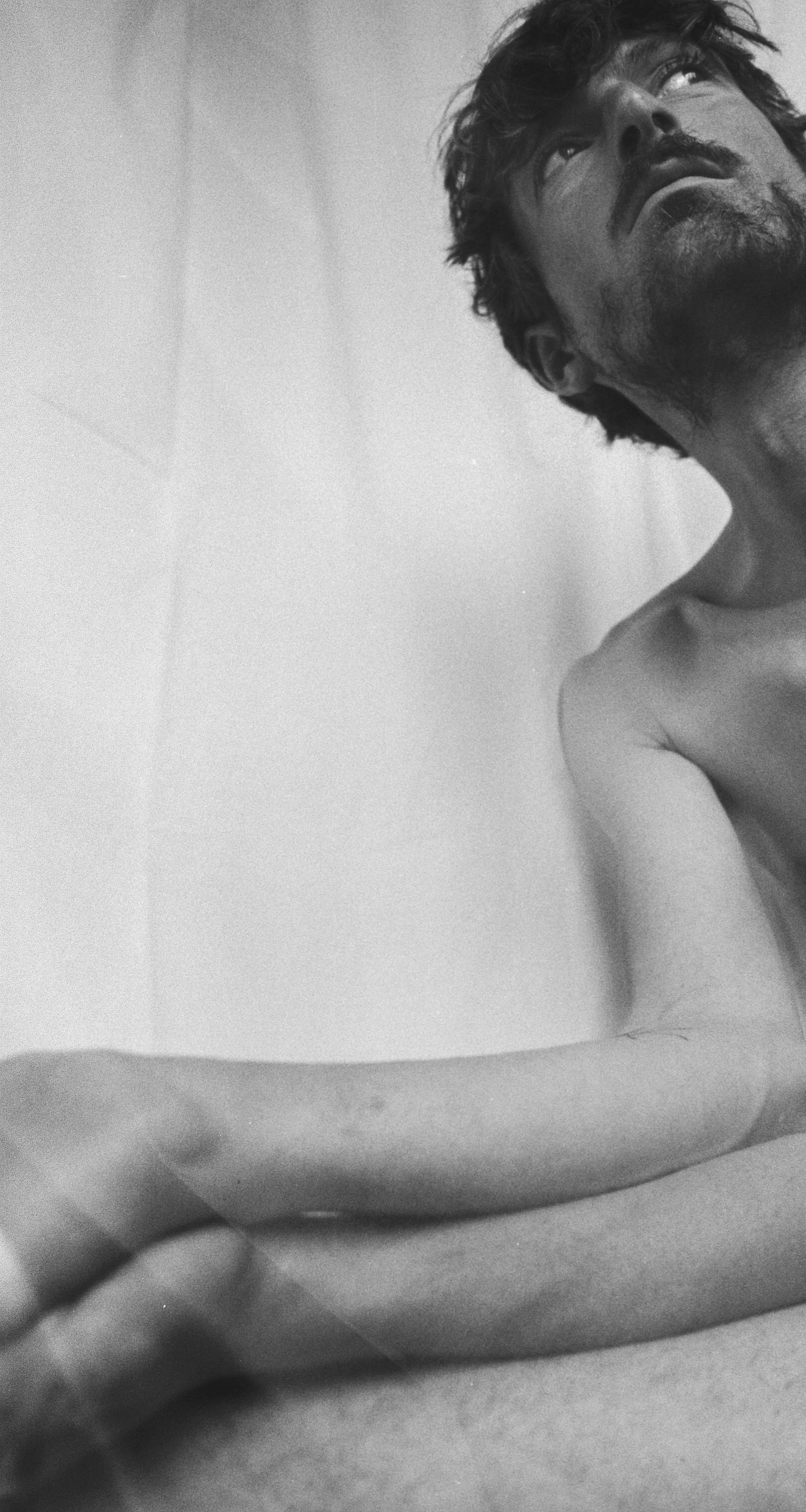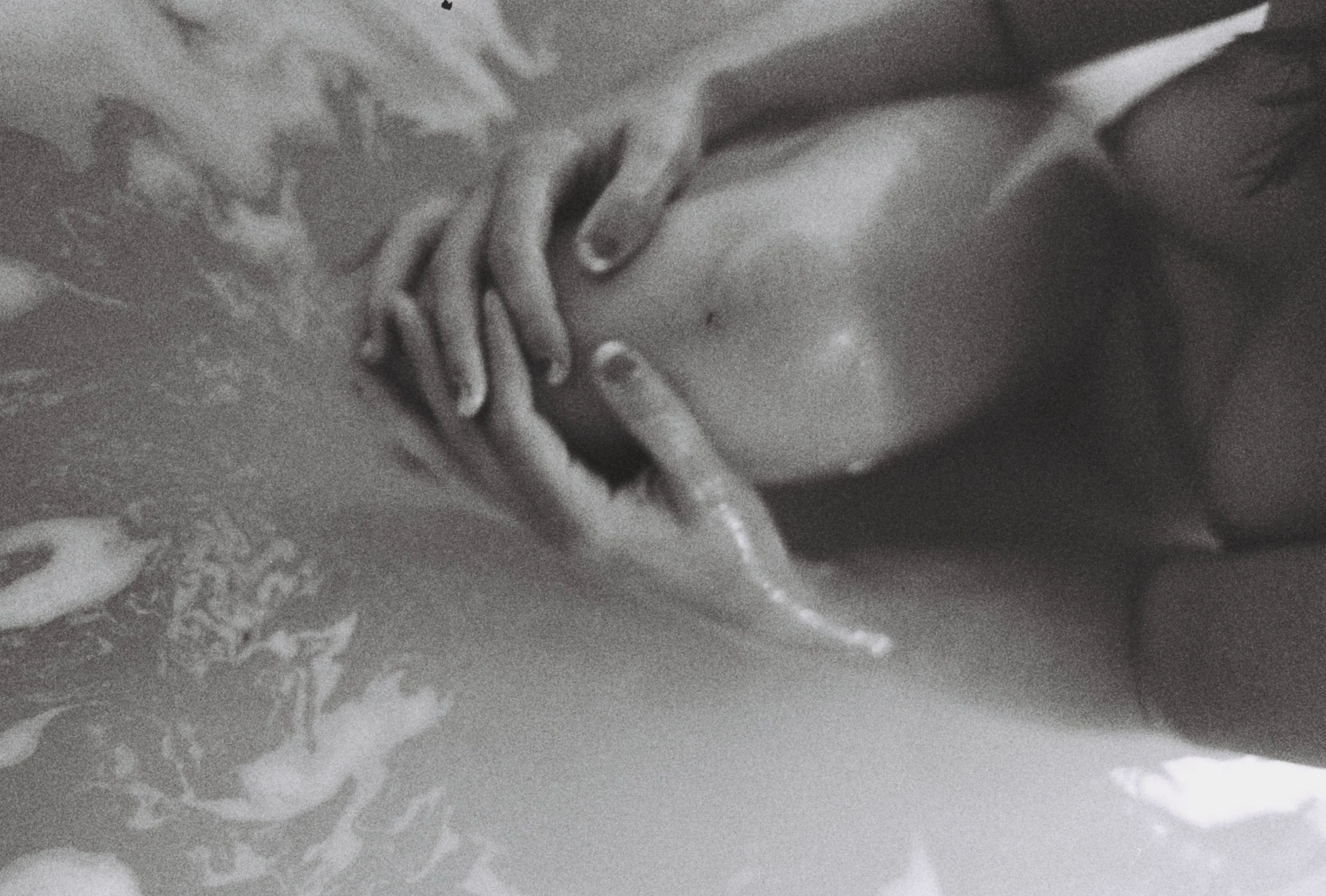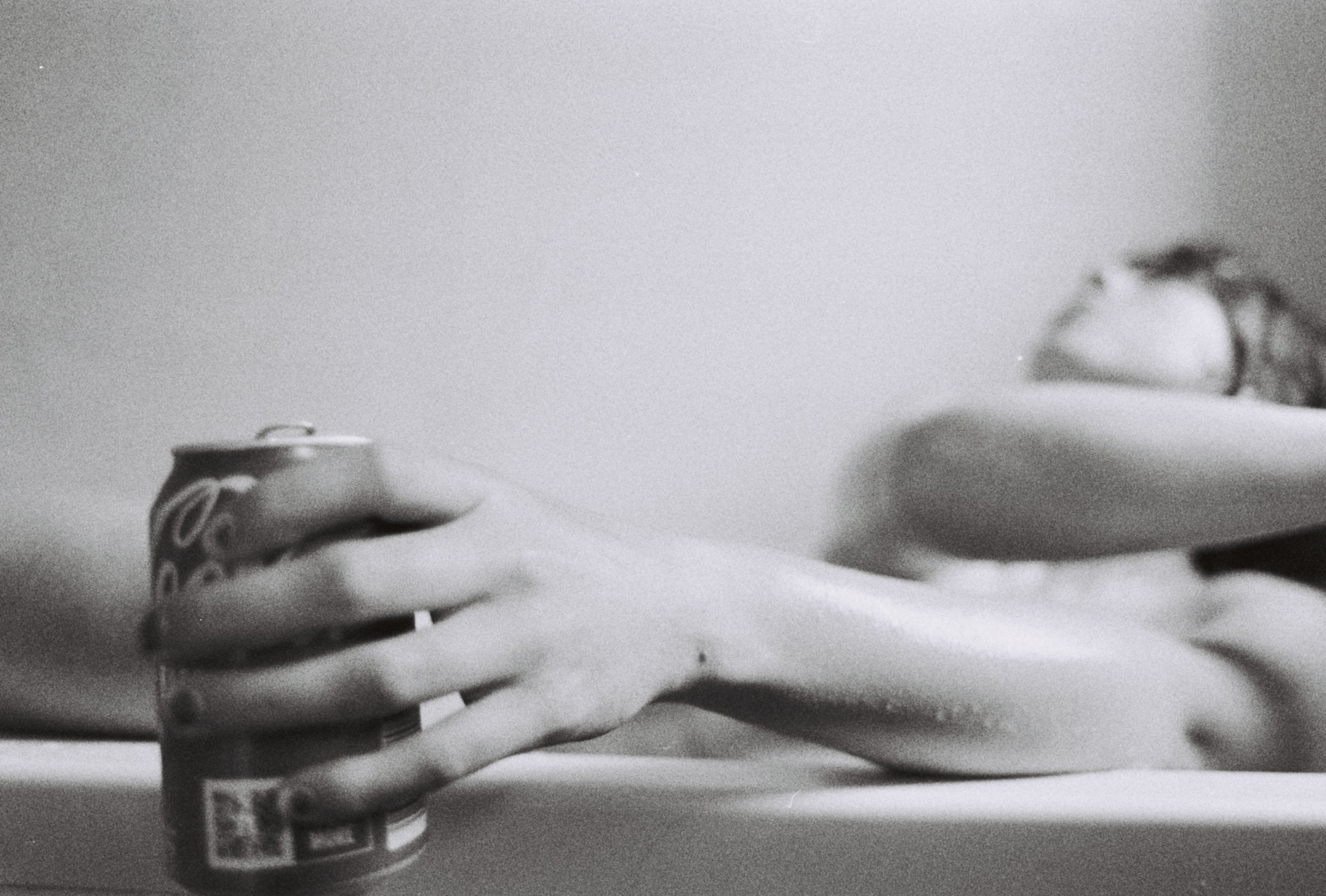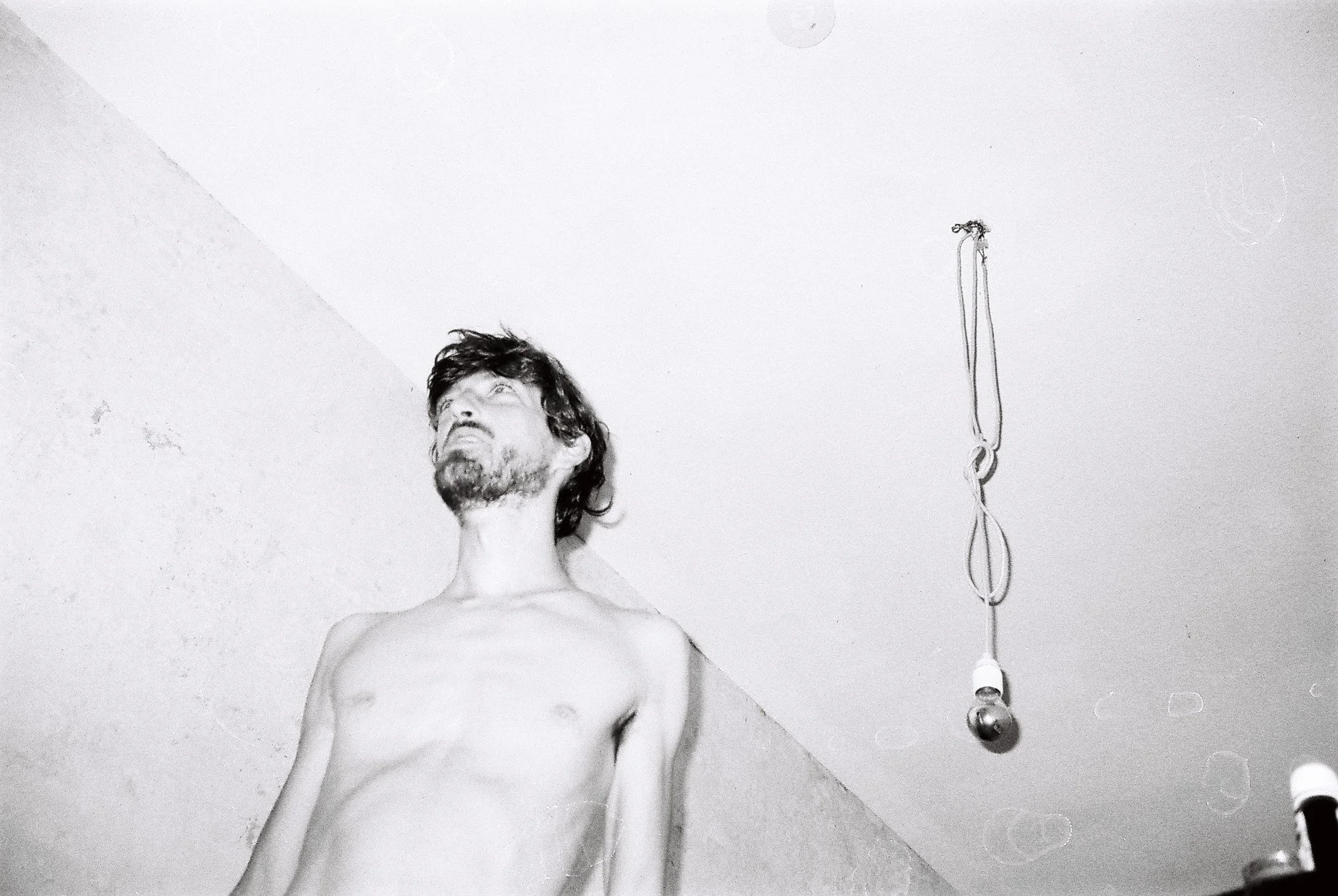A place to drown in memories, soak into the nostalgia and rub off the residue of unfinished dreams.
PLUNGE(D)
Water remembers what skin tries to forget.
In PLUNGE(D), the bathtub becomes both witness and accomplice, a vessel where the body surrenders not to cleanse, but to dissolve and alchemise psychic residue.
The work began as a recollection of a personal ritual - the way I would sink into water after exhausting the weekly allowance of words, the way memories would have grown too sharp-edged to hold onto. The bathtub would turn into my archive, absorbing what’s left unsaid, or couldn't be spoken: grief that wouldn't get swallowed, desire that stained my ability to focus, conversations that (will) never happen. In water, these memories don't just disappear. They disentangle, becoming part of the liquid that holds us.
As Astrida Neimanis writes, "Even while in constant motion, water is also a planetary archive." These photographs enter water as a threshold - a space where the body is no longer fixed, where memory isn't retold, but absorbed. Through the act of submerging, we experience what Neimanis describes as bodies that are "not objects in the world, but rather processes of emergence that are always in relationship with other bodies—both human and more-than-human."
PLUNGE(D) explores this intimate space where boundaries blur. Here, water is not just an element; it is a portal that allows us to soften the edges of waking life and drift into subconscious currents. The photographs document bodies partially submerged in bathtubs, figures with eyes closed in contemplation, hands reaching through water, and the stark contrast between vulnerability and self-protection. They capture that precise moment when submersion creates a different kind of presence; when external reality recedes and inner landscapes emerge.
"We are bodies of water. But also: of memory, of layering, of seepage, of persistence." In PLUNGE(D), this persistence is visible in the physical documentation of ritual bathing, both solitary and witnessed. The collection moves between the intensely private (nude bodies in bathtubs) and the publicly intimate (a figure pulling another’s arm down the street). What unites these images is neither abstraction nor metaphor, but the tangible record of bodies carrying memory, seeking and contemplating, submitting to connection, and submitting to spaces where transformation becomes possible.
Submersion marks a shift: from containment to expansion, from isolation to osmotic relation. The images envelop the viewer in a dreamlike atmosphere that listens to the inaudible - the hum of loss behind the ears, the friction of light underwater, the quiet protest of the self reforming again. To bathe is to admit vulnerability; to float is to convey what the words could no longer utter.
What dissolves does not disappear, it reforms elsewhere. PLUNGE(D) asks what remains after the surface is breached - a quiet refusal to dry off too quickly.




